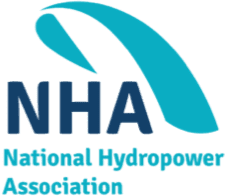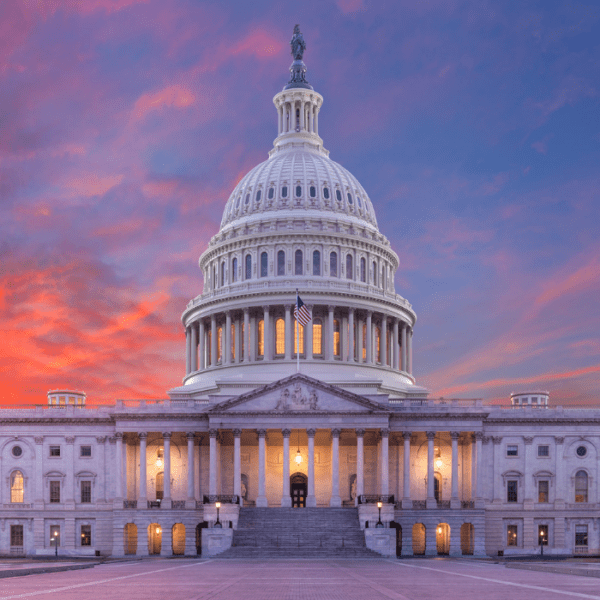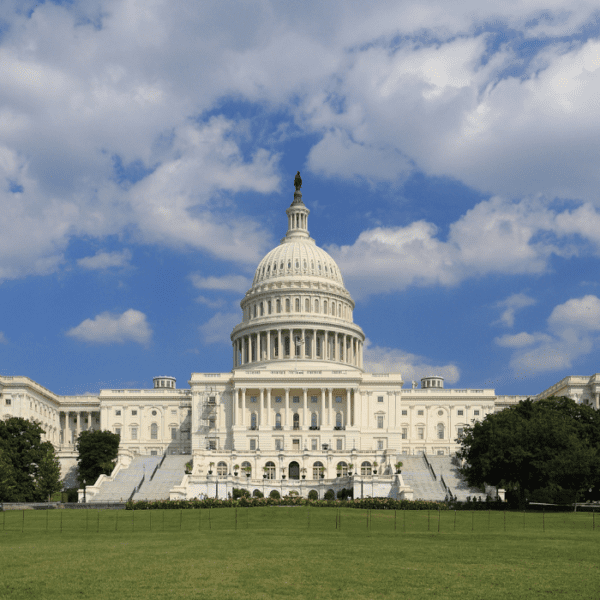Last week’s Waterpower Week in Washington 2023 swelled at the seams with information. Over the course of three days, hydro project owners and developers, service and product suppliers, Congressional policymakers, government agency officials, non-government organizations (NGOs), and other stakeholders descended on Washington D.C. for intensive sessions covering all aspects of waterpower’s role in the clean energy future.
The National Hydropower Association (NHA), owner and organizer of the national policy conference, offers these observations and trends emerging from last week’s gathering.
The four takeaways from Waterpower Week 2023 are:
1. Securing the Future Waterpower Workforce
2. Marine Energy is on the Move
3. Hydropower Licensing Reform Receives Renewed Action and Urgency
4. Hydropower is Critical for the Integration of Renewables
TAKEAWAY #1: SECURING THE FUTURE WATERPOWER WORKFORCE
Waterpower has a critical role to play in the renewable energy future, but the industry is facing challenges in the form of an aging workforce, demand for physical presence on job sites, retention, and limited worker pools.
With 26% of waterpower employees 55 and older, the industry is looking down the barrel of a retirement wave by 2030. Complicated by horizontal migration, where employees move from one organization to another within the same field, an insular candidate pool can only be remedied by an infusion of new talent into the industry.
According to the updated National Renewable Energy Laboratory (NREL) hydropower workforce report, U.S. Hydropower Workforce Challenges and Opportunities, college-aged students express a growing interest in renewable energy careers, but they are largely unaware of hydropower job opportunities and the industry’s projected growth.
At Waterpower Week 2023, the Department of Energy (DOE), The Hydropower Foundation, and NREL addressed the hydro industry’s workforce challenges directly, as months of work culminated in more than 150 students joining the conference from 31 universities across the United States.
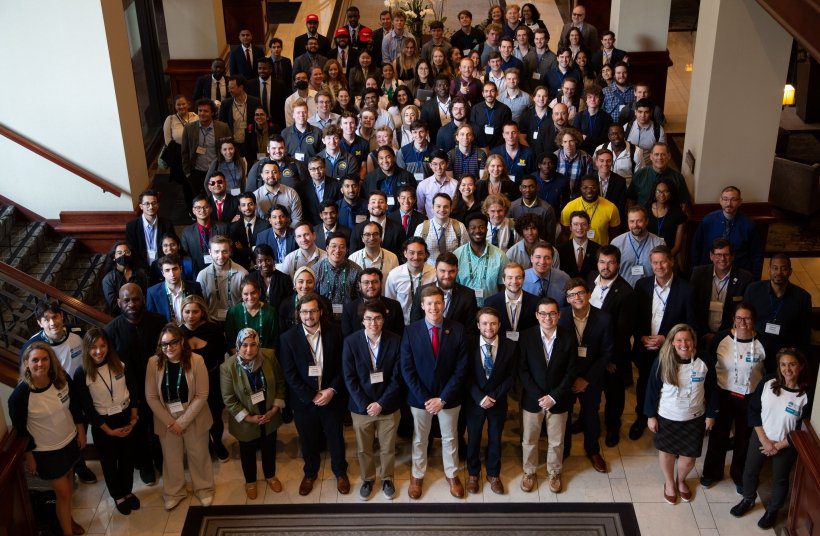
Group photo of the Hydropower and Marine Energy Collegiate Competition participants
The students, who had taken part in the Hydropower (HCC) and Marine Energy Collegiate Competitions (MECC), were in attendance to present unique solutions to clean energy challenges.
After the winners of the HCC and MECC were announced during Tuesday’s plenary session, Alejandro Moreno, Acting Assistant Secretary for Energy Efficiency and Renewable Energy, said, “I am excited to see these talented students utilize the real-world experiences and connections they gained through these competitions and hope to see them continue to support our clean energy transition.”
By championing competitions like the HCC and MECC, the waterpower industry can assist students in preparing for jobs in hydropower, marine energy, and related industries to advance waterpower technologies.

A participant in the collegiate competitions explains their poster to a Waterpower Week 2023 attendee
TAKEAWAY #2: MARINE ENERGY IS ON THE MOVE
Each year, the profile of marine energy grows larger and larger. With several marine energy technologies currently undergoing rapid innovation, two companies, C-Power and Oscilla Power, are awaiting a spring/summer deployment at the United States Navy’s Wave Energy Test Site (WETS) in Oahu, Hawaii; the commercialization of U.S. marine energy devices is becoming a reality.

The United States Navy’s Wave Energy Test Site (WETS) in Oahu, Hawaii
Additionally, with the Biden administration’s goal of a renewable electricity grid by 2035, marine energy could help the United States cross the finish line. According to a 2021 study conducted by NREL, the technical resource potential of marine energy in the U.S. was estimated to be 2,300 terra-watt hours (TWh) per year, which is equivalent to 57% of the electricity generated in the U.S. in 2019.
During Monday’s plenary session at Waterpower Week, David Turk, Deputy Secretary of Energy at DOE, introduced a $45 million funding opportunity to advance tidal energy. The Department of Energy’s $45 million funding opportunity represents the first large-scale investment in a tidal and/or current energy research, development, and demonstration site in the United States.
The funding is composed of two topic areas, and the first will provide up to $35 million to support the development of a pilot tidal and/or current energy technology demonstration site in state waters – concept papers are due by June 5. The second topic area provides up to $10 million to support community-led tidal and/or current energy planning and development project – concept papers are due by July 13.
As more marine energy technology is tested, the devices offer important data to inform future deployments by providing insight into ideal site selections, resource characteristics, offshore remote power viability, and utility-scaling potential, which will help ensure success for the budding field.
TAKEAWAY #3: HYDROPOWER LICENSING REFORM RECEIVES RENEWED ACTION AND URGENCY
Reforming the Federal Power Act, which authorizes the Federal Energy Regulatory Commission (FERC) to issue licenses to build, operate, maintain, and remove dams, was a hot topic at Waterpower Week 2023. With 17 GW of hydro licensing set to expire by 2035, and 100 pumped storage projects in the queue to receive a license, the reforms are critical to the industry’s future.
During the final plenary session on Wednesday afternoon, Senators Maria Cantwell (D-WA) and Steve Daines (R-MT) were presented with NHA’s Legislator of the Year Award, recognizing their roles in championing hydropower.
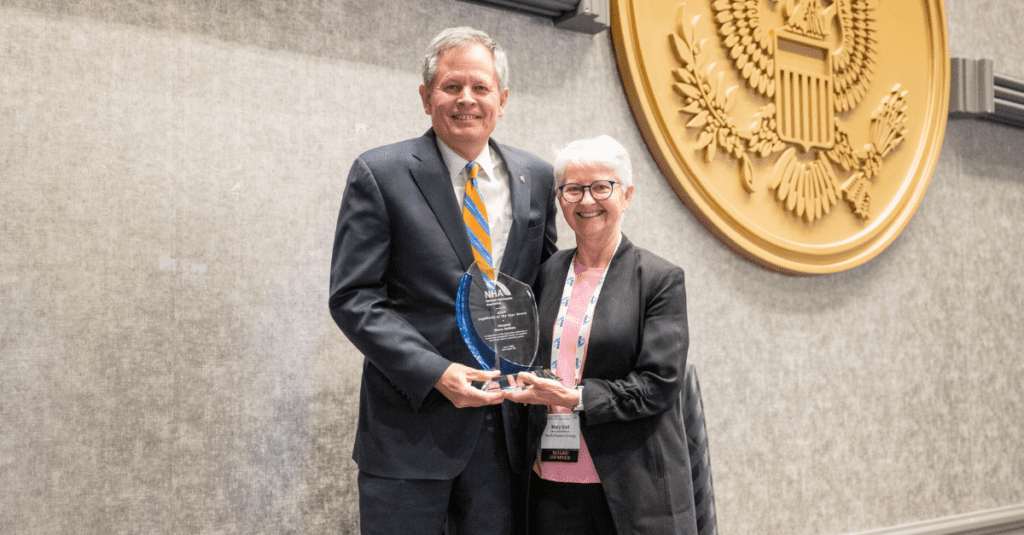
Senator Daines (R-MT) poses with NHA’s Legislator of the Year Award, accompanied by Mary Gail Sullivan, Director of Environmental & Lands Permitting and Compliance, NorthWestern Energy
Hours later, Senators Cantwell and Daines joined together in a bipartisan effort to propose amendments to the Federal Power Act, aiming to enhance cooperation, improve clarity, restore autonomy and self-determination to tribes, and retain states’ decision-making authority.
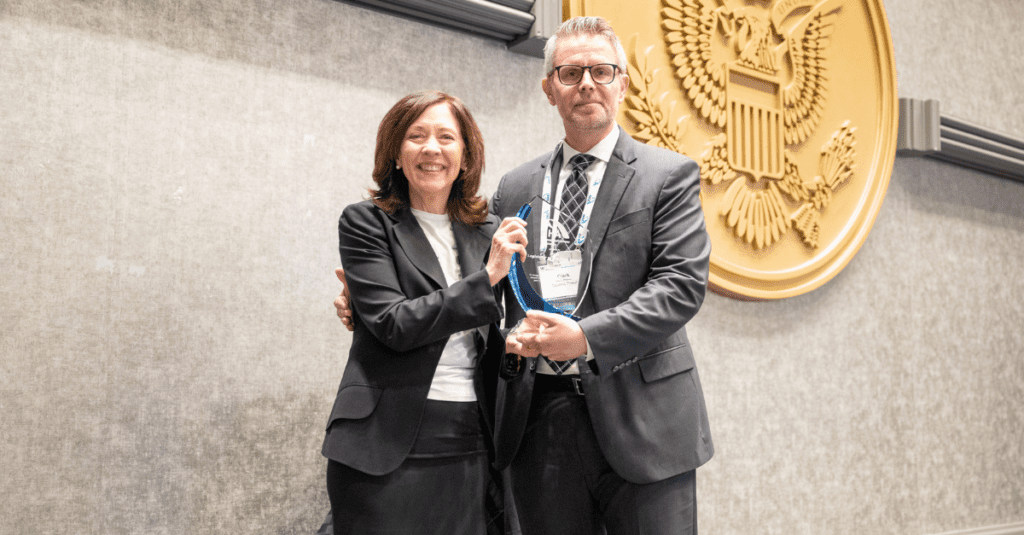
Senator Cantwell (WA-D) poses with Clark Mather, Community and Government Relations Manager, Tacoma Public Utilities, holding NHA’s Legislator of the Year Award
In addition, the proposed bill would help address climate change, better protect the health of the nation’s rivers, expedite licensing of qualifying projects at non-powered dams and closed-loop pumped storage, ensure that mandatory conditions submitted under sections 4(e) and 18 of the Federal Power Act address effects of the licensed project, and provide some tribes long-sought authority over their lands and waters.
Currently, the hydropower licensing process is plagued by a number of factors: lengthy timelines – an original license takes an average of 5 years to obtain while relicensing takes an average of 7.6 years – as well as costs that disproportionately impact new and/or smaller projects, disagreements in negotiations over environmental studies, and incomplete and/or inadequate information increasing licensing timetables.
The Uncommon Dialogue, which has been a driving force behind the push for licensing reform, received $3.7 million from DOE earlier this year to support ongoing conversations and collaboration as it relates to maintaining hydropower as a key renewable while preserving healthy rivers.
As evidenced by the news coming out of Waterpower Week 2023, the Uncommon Dialogue has been using the investment to make purposeful strides towards meaningful hydropower licensing reform, and they are not without champions willing to make these demands a reality.
TAKEAWAY #4: HYDROPOWER IS CRITICAL FOR THE INTERGRATION OF RENEWABLES
The past year-and-a-half has provided the hydropower industry with generational amounts of funding in the form of hundreds of millions of dollars available via the Bipartisan Infrastructure Law (BIL), Inflation Reduction Act (IRA), and Fiscal Year Omnibus Appropriations measure.
During Monday’s plenary session at Waterpower Week, David Turk, Deputy Secretary of Energy at DOE, announced $554 million in incentive payments, funded by the Bipartisan Infrastructure Law, to maintain and enhance hydroelectric facilities. As the largest-ever investment in hydropower, the funding will help ensure generators continue to provide clean, affordable electricity while integrating additional renewable energy resources and reducing environmental impacts.

David Turk, U.S. Deputy Secretary of Energy, in conversation with Malcolm Woolf, CEO and President of NHA, during Waterpower Week’s Monday plenary session
While discussing the funding announcement, Turk said, “The vision of hydropower is that it is indispensable and critical now and even more indispensable and critical going forward.”
The theme of hydropower’s role as a needed backstop to other renewables was one echoed by speakers throughout the policy conference, as evidenced by Allison Clements, Federal Energy Regulatory Commission (FERC) Commissioner, who, during Tuesday’s plenary, said, “Hydropower and pumped storage have a critical role to play in complementing renewable energy resources.”
Clements’ sentiments were complimented by Alejandro Moreno, Acting Assistant Secretary for Energy Efficiency and Renewable Energy, who said this about hydro, “From our perspective, it is critical to continue to value the resources and the reliability it provides. Hydropower has a massive opportunity to be a major driver in change by enabling massive amounts of other renewables.”
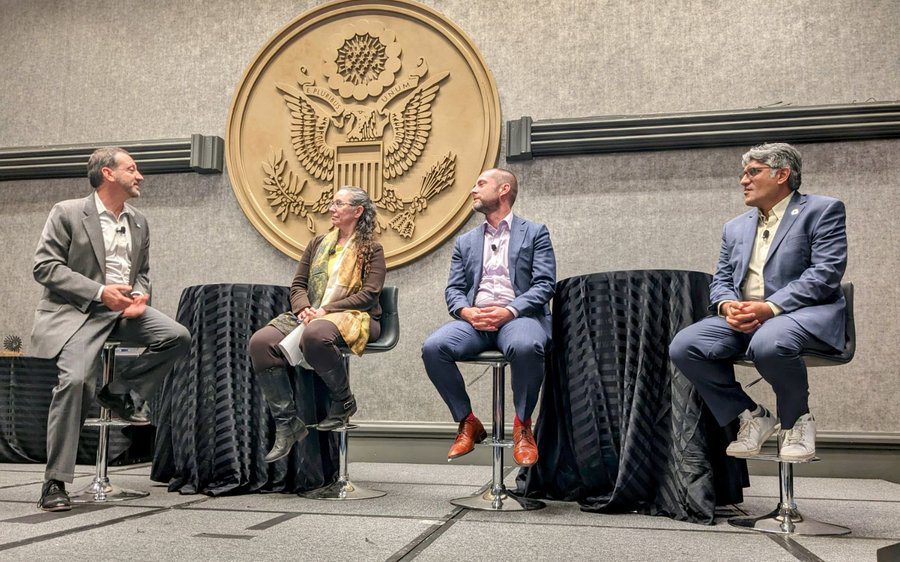
Photo from Tuesday’s plenary session featuring speakers from DOE; sitting left to right: Malcolm Woolf, CEO and President of NHA, Patricia Hoffman, Principal Deputy Director at the Grid Deployment Office, Alejandro Moreno, Acting Assistant Secretary for Energy Efficiency and Renewable Energy, and Jigar Shah, Director of the Loan Programs Office
The U.S. Energy Information Administration (EIA) forecasted that solar and wind, including new projects coming online in 2023, will account for 16% of total generation, which is a 2% increase from 2022. While wind and solar are undeniably important components of the renewable energy future, they cannot stand alone; only hydropower and pumped storage offer the ability to provide energy storage at a scale required to deliver on climate goals.
Currently, pumped storage hydropower accounts for over 94% of installed energy storage capacity worldwide, a point that Malcolm Turnbull, former Prime Minister of Australia, who spoke as part of Wednesday’s plenary session, elaborated on, “Pumped hydropower has all the advantages of hydropower, and you need pumped storage. You cannot move to a renewable electricity system without long duration electricity storage.”
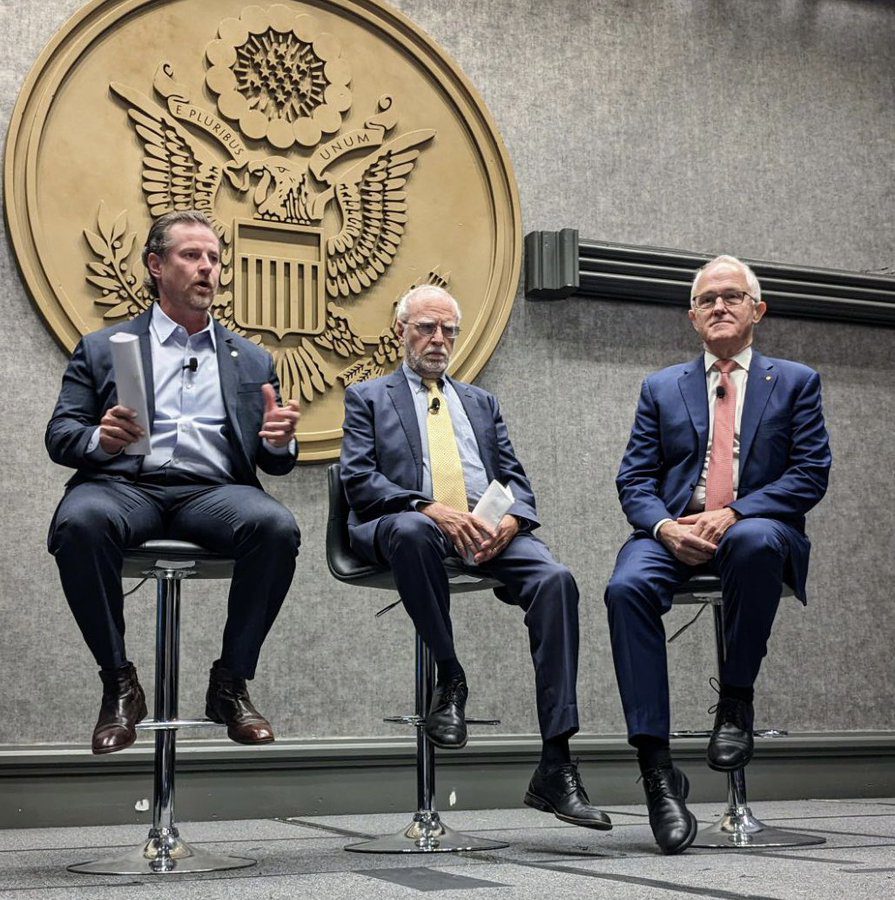
(From left to right) Herbie Johnson, General Manager, Hydro, Southern Company, speaks during plenary panel featuring Jonathan Weisgall, Vice President, Government Relations at Berkshire Hathaway Energy, and Malcolm Turnbull, 29th Prime Minister, Australia
Project owners and developers looking to take advantage of the $554 million in hydropower incentive payments should plan on attending an informational webinar on Wednesday, May 24, 2023, at 1:00 p.m. ET to learn more.
FOR MORE INFORMATION
For a full review of the Waterpower Week in Washington 2023 conference program and speaker lineup, visit the event website.

